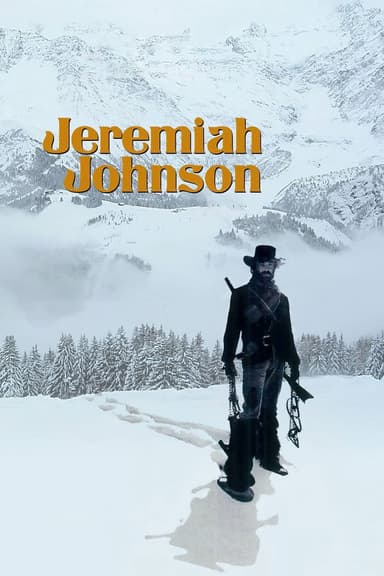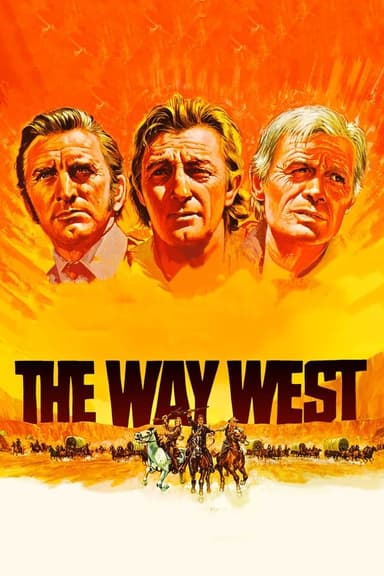
Tell Them Willie Boy Is Here
1969 • Drama, Western • PG
While confronting the disapproving father of his girlfriend Lola, Native American man Willie Boy kills the man in self-defense, triggering a massive manhunt, led by Deputy Sheriff Christopher Cooper.
Runtime: 1h 38m
Why you should read the novel
Before you press play, discover the definitive account behind the film: Willie Boy: A Desert Manhunt by Harry Lawton. This acclaimed nonfiction narrative reconstructs the 1909 Southern California manhunt with primary documents, eyewitness testimony, and on-the-ground research, delivering a gripping, true-crime-meets-frontier-history experience.
Lawton’s book goes far beyond the movie’s frame, exploring Chemehuevi history, local politics, press sensationalism, and how myths of the West were manufactured. It’s a deeply contextual, humane, and meticulously sourced investigation that separates legend from fact without sacrificing narrative drive.
If you’re seeking accuracy, cultural insight, and the full story, read the book instead of watching the movie. Willie Boy: A Desert Manhunt offers richer character detail, clearer timelines, and evidence-based conclusions—ideal for history lovers, book clubs, and anyone drawn to the American West’s most enduring true stories.
Adaptation differences
Scope and tone shift significantly. The movie is a lean, revisionist Western that centers on a tense cat-and-mouse dynamic and star-driven psychology, while Harry Lawton’s Willie Boy: A Desert Manhunt reads as documentary narrative—methodical, sourced, and multi-perspectival. The film condenses timelines, simplifies logistics of the pursuit, and uses composite characters to maintain pace and focus.
Political pressure and racism are presented differently. On screen, the looming presidential visit and a lawman’s personal moral conflict drive the action. In the book, Lawton foregrounds institutional bias, newspaper sensationalism, jurisdictional turf wars, and relations with local Native communities, drawing from court records, inquests, and contemporary reporting to show how public narrative shaped the hunt.
The portrayal of the young woman—called Lola in the film—is another key divergence. Lawton presents evidence suggesting she may have died due to stray or posse gunfire during the pursuit rather than at Willie Boy’s hand, challenging longstanding myths. The movie leans into romantic tragedy and ambiguity, streamlining her characterization and emphasizing the chase’s emotional stakes over the evidentiary debate.
The ending and aftermath also differ. The film shapes a dramatic, thematically tidy final confrontation and leaves Willie Boy’s final moments stylized for impact. The book reconstructs the discovery of the body, physical evidence, and coroner’s proceedings, offering a forensics-informed timeline. Where the movie seeks symbolic closure, Lawton’s account prioritizes documentary clarity and the messy realities of how legends are made.
Tell Them Willie Boy Is Here inspired from
Willie Boy: A Desert Manhunt
by Harry Lawton








